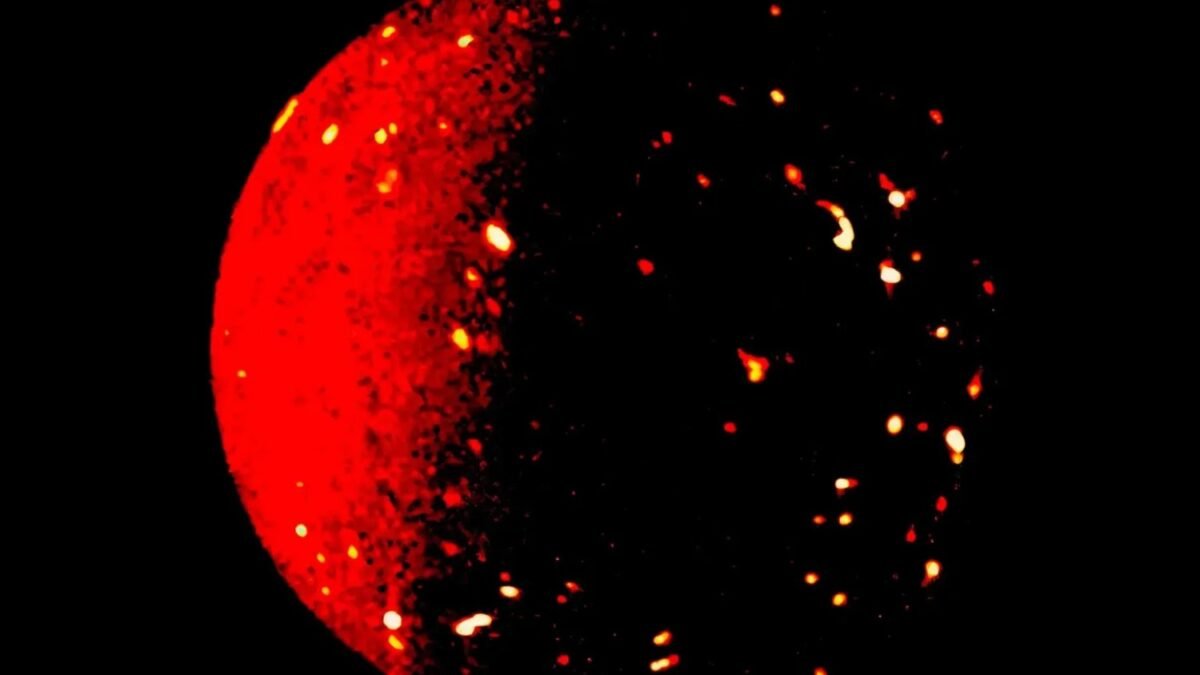Seven volcanoes erupt as James Webb observes: UNAM and AI reveal secrets of Io, Solar System’s most volcanic moon

Io, Jupiter’s volcanic moon, has been the focus of intense study for decades due to its tumultuous landscape. Thanks to the James Webb telescope and innovative techniques, researchers have made a groundbreaking discovery: the identification and characterization of seven active volcanoes on Io with unprecedented clarity.
Technique that revolutionized observations
By combining observations from the James Webb telescope with aperture mask interferometry, researchers were able to enhance the resolution of the telescope and unlock finer details of Io’s surface. This groundbreaking technique surpassed the limitations of single telescopes, allowing for a more comprehensive study of the moon’s extreme geology.
Integration of artificial intelligence in astronomy
To overcome atmospheric distortion and reconstruct reliable images, artificial intelligence played a crucial role in recognizing patterns of light and morphology. Neural networks trained to identify these patterns helped generate high-fidelity images, revealing structures that traditional methods could not capture effectively.
Revealing Io’s true nature
The confirmation of seven active volcanoes with eruptive activity, sulfur dioxide deposits, and unique morphologies shed light on Io’s dynamic nature. These observations, validated by ground-based telescopes like Keck, emphasized the accuracy and potential of the new techniques employed. Io’s chaotic landscape serves as a foundation for applying these methods to other celestial bodies, paving the way for new discoveries and enhanced resolution in cosmic exploration.






